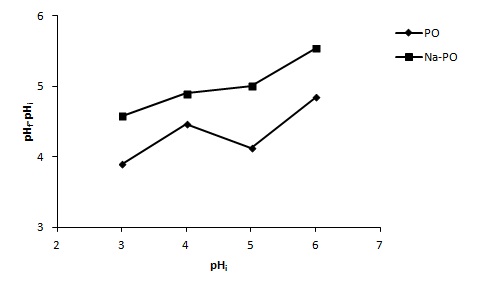
In the present investigation, marine biomass (Posidonia Oceanica) (PO), in both its unmodified PO and basic-modified (Na-PO) forms, was studied for its possible utilisation as a cheap biosorbent for the retention of amoxicillin (AMX). Biosorption studies were carried out in a batch system and the effects of solution pH, biosorbent dose, initial AMX concentration, contact time and temperature were studied in detail. Characterization of the biosorbent was performed using Fourier transforms infra-red spectroscopy (FTIR) and pHPZC. The biosorption of AMX was adjusted by Langmuir and Freundlich isotherm models, equilibrium isotherms were applicable with maximum monolayer biosorption capacity of 51.33 mg g-1 and 75.33 mg g-1 for PO and Na-PO, respectively. Kinetics investigations showed that both biosorbents followed the pseudo-second order. Thermodynamics studies indicated that the biosorption of AMX onto PO and Na-PO was spontaneous and endothermic in nature. These results proved that chemical modification of Posidonia Oceanica surface improved the biosorption properties of AMX.
Total file downloads: 3